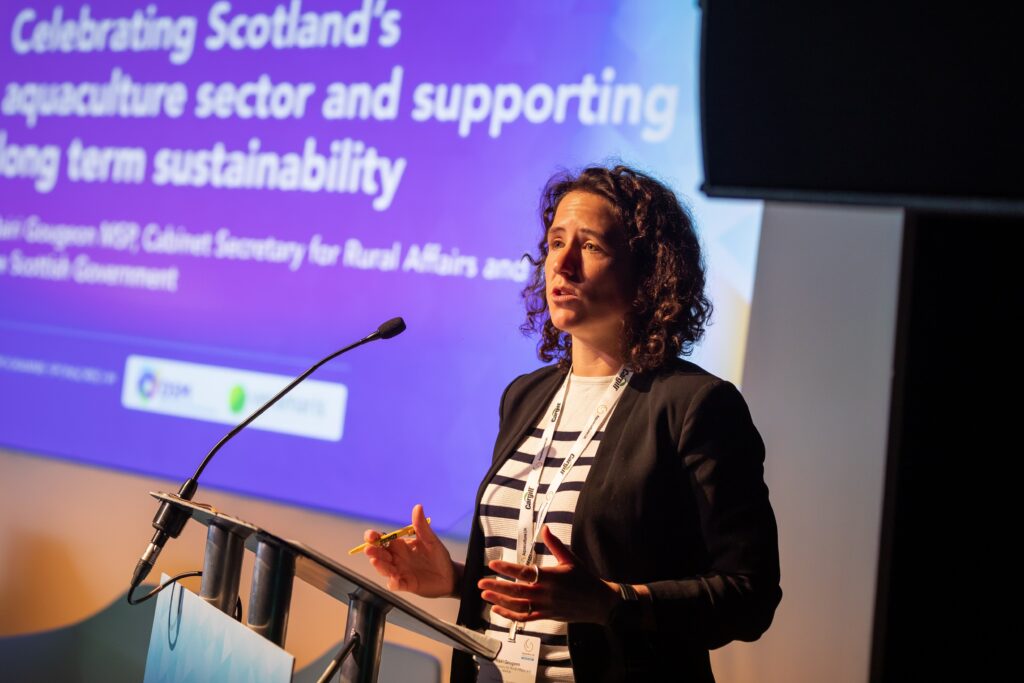Scotland’s salmon production fell 18% in 2022

The latest figures from the Scottish Government confirm what the major salmon producers’ reports have already made clear – the biological issues experienced last year resulted in a significant fall in Scotland’s salmon production.
The Scottish Fish Farm Production Survey 2022 shows that production of Atlantic salmon in Scotland was 169,194 tonnes, representing an 18% decline year-on-year.
Mortalities and premature harvests hit production numbers in 2022, particularly related to an increase in the population of micro-jellyfish (hydrozoans) which led to gill health issues and other challenges for salmon at sea.
Despite this, the total number of smolts produced in 2022 increased by 3.9 million (8%) to 55.1 million, and employment in salmon production – excluding processing or marketing activities – was 1,508, up very slightly by 13.
Production tonnage of rainbow trout increased by 7% in 2022 to to a national record of 8,757 tonnes. Brown and sea trout production remained steady at 23 tonnes.

Mairi Gougeon, MInister for Rural Affairs, at Aquaculture UK 2022
The Scottish Government’s Cabinet Secretary for Rural Affairs, Land Reform and Islands Mairi Gougeon welcomed the report, saying: “Scotland’s aquaculture sector is a significant contributor to our economy, generating approximately £885 million GVA [gross value added] and an estimated 11,700 jobs while producing healthy and nutritious products. It is good to see a small uplift in direct employment in the sector, and to see innovations and new strategies being deployed by the sector having a positive impact.
“For example, we’ve seen a reduction on the reliance of imported salmon ova and an increase in production and hatches in Scotland. This strengthens our domestic supply chain and improves resilience. We also know that some companies are working to change their production strategies, for example by increasing the average size of fish put to sea and reducing the marine phase of production.”
She added: “These figures also show that farmers are proactively responding to environmental and biological challenges and pressures, for example by making the responsible decision where necessary to harvest smaller fish to support health and welfare, which has resulted in decreased production figures.”

